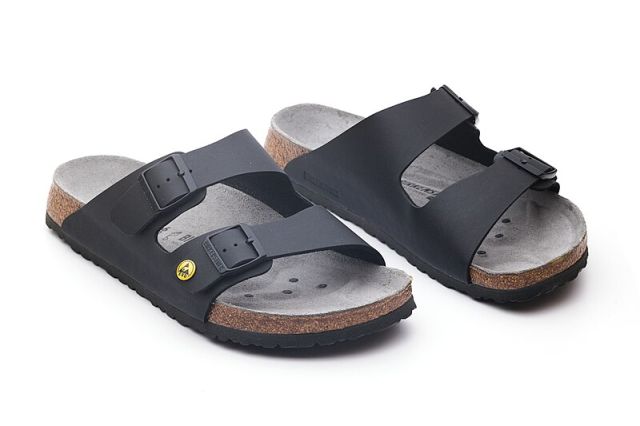- within Intellectual Property topic(s)
- with readers working within the Property industries
- within International Law, Environment and Finance and Banking topic(s)
Birkenstock, the iconic German footwear brand, recently lost a major intellectual property battle that could have significant implications for the company's future. The German Federal Court ruled that Birkenstock's famous cork-and-leather sandals, while undoubtedly popular and unique, cannot be considered "works of art" eligible for copyright protection.

*Image credit: Wikimedia commons
Why does this matter?
Under German law, there is a clear distinction between design protection and copyright. Copyright protection lasts for 70 years after the creator's death and applies to creative works with a significant level of individuality. On the other hand, design protection, which is more appropriate for products like Birkenstock's sandals, lasts only 25 years.
Birkenstock had sought copyright protection for their sandals, claiming that their unique design should be considered "applied art." However, the court disagreed, stating that their design, driven more by orthopaedic needs than artistic expression, did not meet the threshold for copyright.
The missed opportunity
Had Birkenstock applied for design protection instead of pursuing copyright, they could have locked in 25 years of exclusive rights to their sandal designs. This would have safeguarded them against imitations and copycats, which are now flooding the market, often at a fraction of the original cost.
What does this teach us?
Businesses must understand the importance of selecting the right form of intellectual property protection. In Birkenstock's case, filing for design protection at an earlier stage would have ensured long-term protection for their brand and designs. Instead, they find themselves at risk of losing market share to lower-cost competitors who can freely replicate their iconic footwear.
In the world of intellectual property, timing and strategy are everything. Filing early and choosing the right protection method can make the difference between thriving and losing out.
The Birkenstock saga serves as a reminder for all businesses: don't wait to secure the protection you deserve, especially when it comes to your designs.
The content of this article is intended to provide a general guide to the subject matter. Specialist advice should be sought about your specific circumstances.


